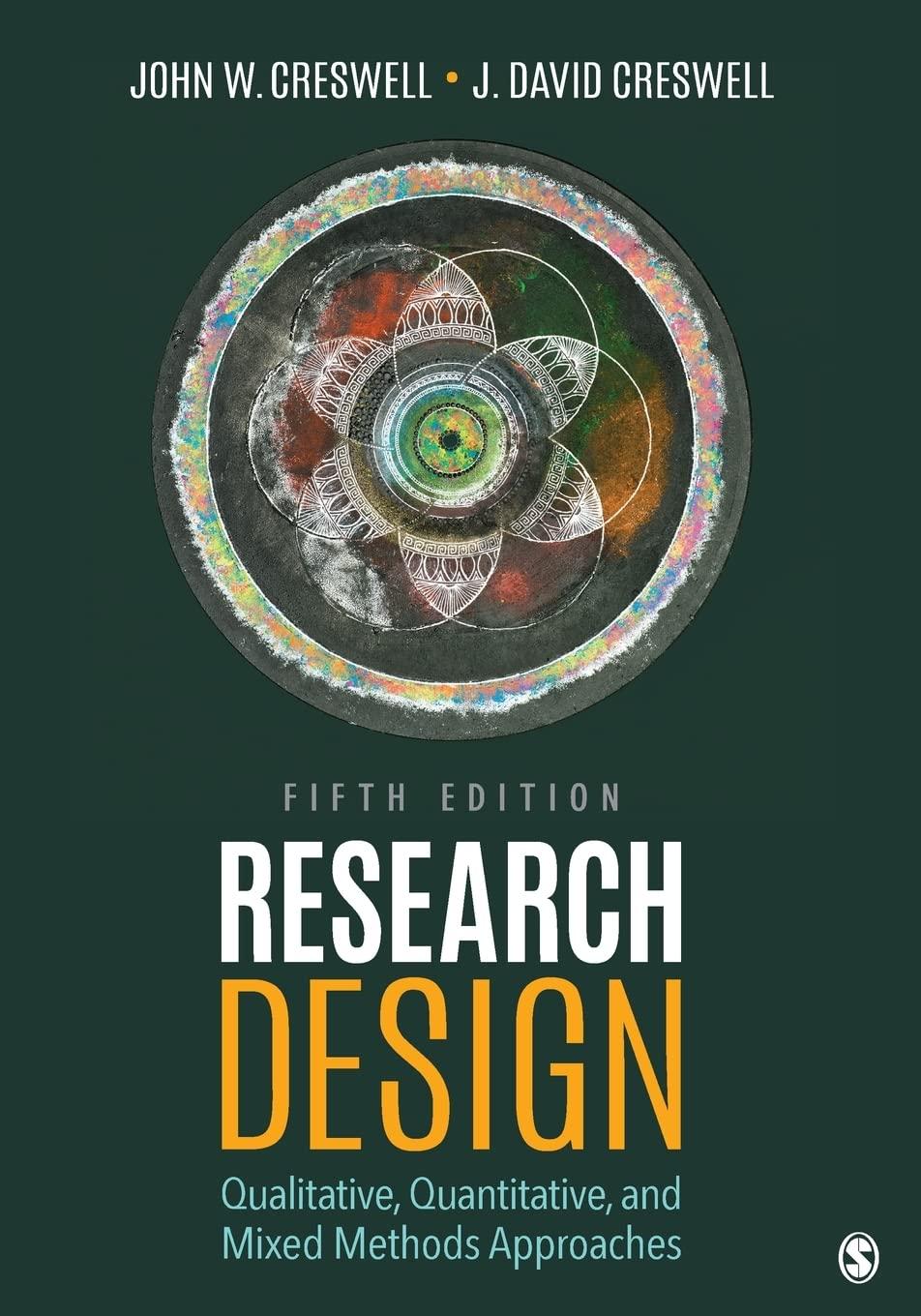Question
Consider the monopolist for the next five questions. Suppose the monopolist faces the following demand curve: P=180-4Q. Marginal cost of production is constant and equal
Consider the monopolist for the next five questions. Suppose the monopolist faces the following demand curve: P=180-4Q. Marginal cost of production is constant and equal to $20, and there are no fixed costs.
1. What is the monopolists profit maximizing level of output?
2. What price will the profit maximizing monopolist charge?
3. How much profit will the monopolist make if he maximizes his profit?
4. What is the value of consumer surplus?
5. What is the value of deadweight loss?
For the next five questions consider tax incidence. Suppose the market supply and demand for guitars in Happy Valley are given by:
D: P=1500-0.5Q
S: p=150+0.25Q
6. What is the equilibrium price and quantity of the product?
7. What is the price elasticity of demand at the equilibrium price?
Now, assume there is a $30 per unit excise tax levied on the consumers of guitars.
8. What price will buyers pay after the tax is imposed?
9. What is the quantity of the good that will be sold after the tax is imposed?
10. What is the deadweight loss created by the tax?
For the next 9 questions refer to this table:
Nebraska Virginia
Wheat 10 4
Cotton 12 6
Nebraska and Virginia each have 100 acres of farmland. This table gives hypothetical figures for yield per acre in the 2 states.
11. Who has absolute advantage in the production of wheat?
12. Who has absolute advantage in the production of cotton?
13. Who has comparative advantage in production of wheat?
14. Who has comparative advantage in production of cotton?
Use the following table to find actual points of the combined PPC of the two states. You are given the value of one good, and you must calculate the maximum of the other good that the two states could produce working together.
Wheat Cotton
400 _______
______ 480
______ 1200
1100 _______
15. 400 Wheat:
16. 480 Cotton:
17. 1200 Cotton:
18. 1100 Wheat:
19. In VA, what is the marginal rate of transformation betweeen wheat and cotton? (Assume wheat is on vertical axis)
Step by Step Solution
There are 3 Steps involved in it
Step: 1

Get Instant Access to Expert-Tailored Solutions
See step-by-step solutions with expert insights and AI powered tools for academic success
Step: 2

Step: 3

Ace Your Homework with AI
Get the answers you need in no time with our AI-driven, step-by-step assistance
Get Started


